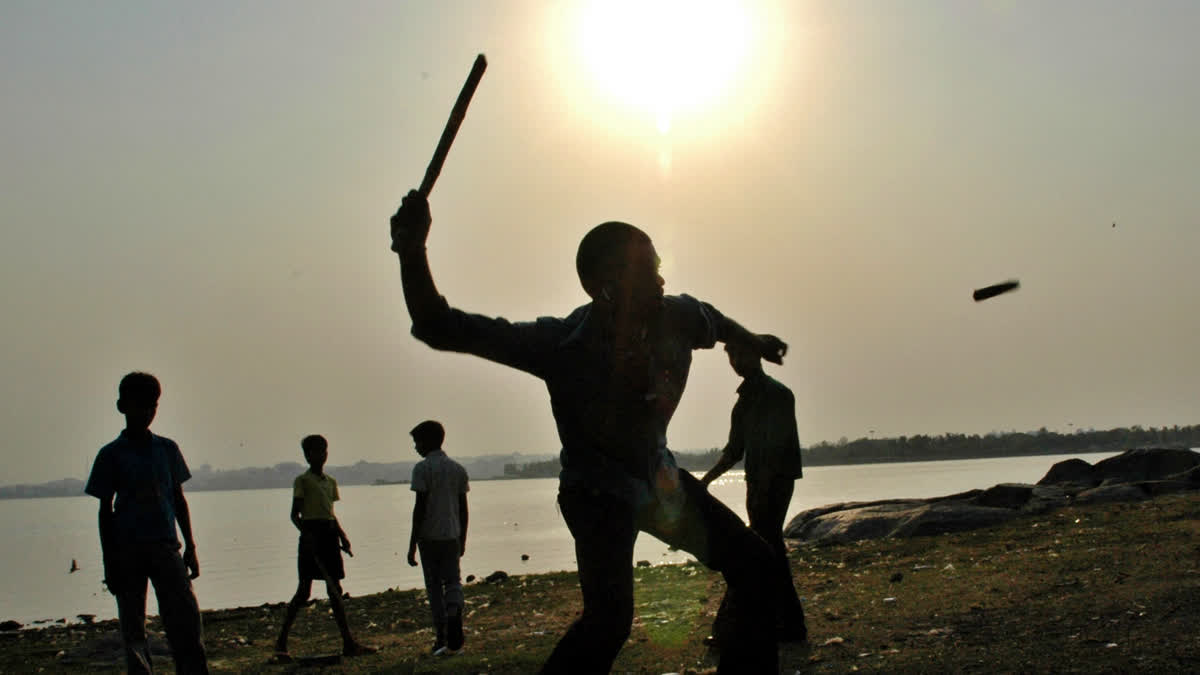Ever since childhood, Indian kids grow up playing various kinds of indoor and outdoor games which are difficult to spot in other countries including Gilli Danda (Viti-Dandu), Lattu (Spinning Tops), Marbles, Dabba Express and Hide and Seek. Gilli Danda is one such game which is typically played across the country.
Gilli Danda, an authentic Maharashtra game, has its roots in the era of Chhatrapati Shivaji Maharaj or even earlier. It is a game that has been played in rural areas for a long time but with variations in name in different parts of the country. In Tamil, it is known as Kitti Pul, in Bengali as Danguli, in Kannada as Chinni Dandu, in Marathis as Viti Dandu, in Telugu as Gooti Billa etc.
However, it might be surprising to know that Viti-Dandu is not just played nationally, but there are competitions held internationally as well. The sport is slowly getting acknowledgement. There is an international federation in place called the Gilli Danda International Federation. India won the gold medal in the international competition held in Kathmandu in 2019.
How to Play Viti Dandu: The players are divided into two teams – the hitter team and the opponent team. To play this game, one needs a long stick named as dandu, and a short stick with tapered ends, generally known as Viti. The dandu is used to flick the short Viti into the air and hit again to make it travel to a maximum distance. In case the hitter is unable to flick the Viti, their turn gets over after three chances. The hitter’s score is measured by the distance from the place where he hit the Viti and the place it landed, measured by the dandu. The opposing team has to try and catch the Viti while it is up in the air. If the opposing team catches the Viti, then the hitter ends his turn.
What Equipment Required To Play Viti Dandu:
The game is played with two wooden sticks
Viti: This stick is 4 to 6 inches long and 1-1.5 inches in diameter, tapered on both sides. At both ends of the stick, the diameter is about one-third of the middle part.
Dandu: The longer stick is 1.5 to 2 feet long stick, 1 inch in diameter. Used for striking the Viti.
The Viti is tapered at both ends to allow for striking it and the greatest challenge lies in how well and how far one can strike the spinning Viti in the air.
Benefits of the Game: Every sport plays a vital role in keeping athletes healthy. It also works as a stress reliever for every individual. Viti Dandu is no exception to the norm as it improves hand-eye coordination and builds concentration. The game also helps to develop precision and the judgment of muscular strength. It also improves basic mathematics skills like counting by deciding units with different scoring methods.
With the ever-evolving technology, many Indian street games are slowly diminishing and Viti-Dandu is no exception. Today's sedentary games and games on electronic devices occupy a large space and all traditional street games have been overshadowed due to limitations and Gen Z's tendency to play Esports. Due to this, this sport, which has been banished from the city, has also been banished from the rural areas or is about to be deported.



